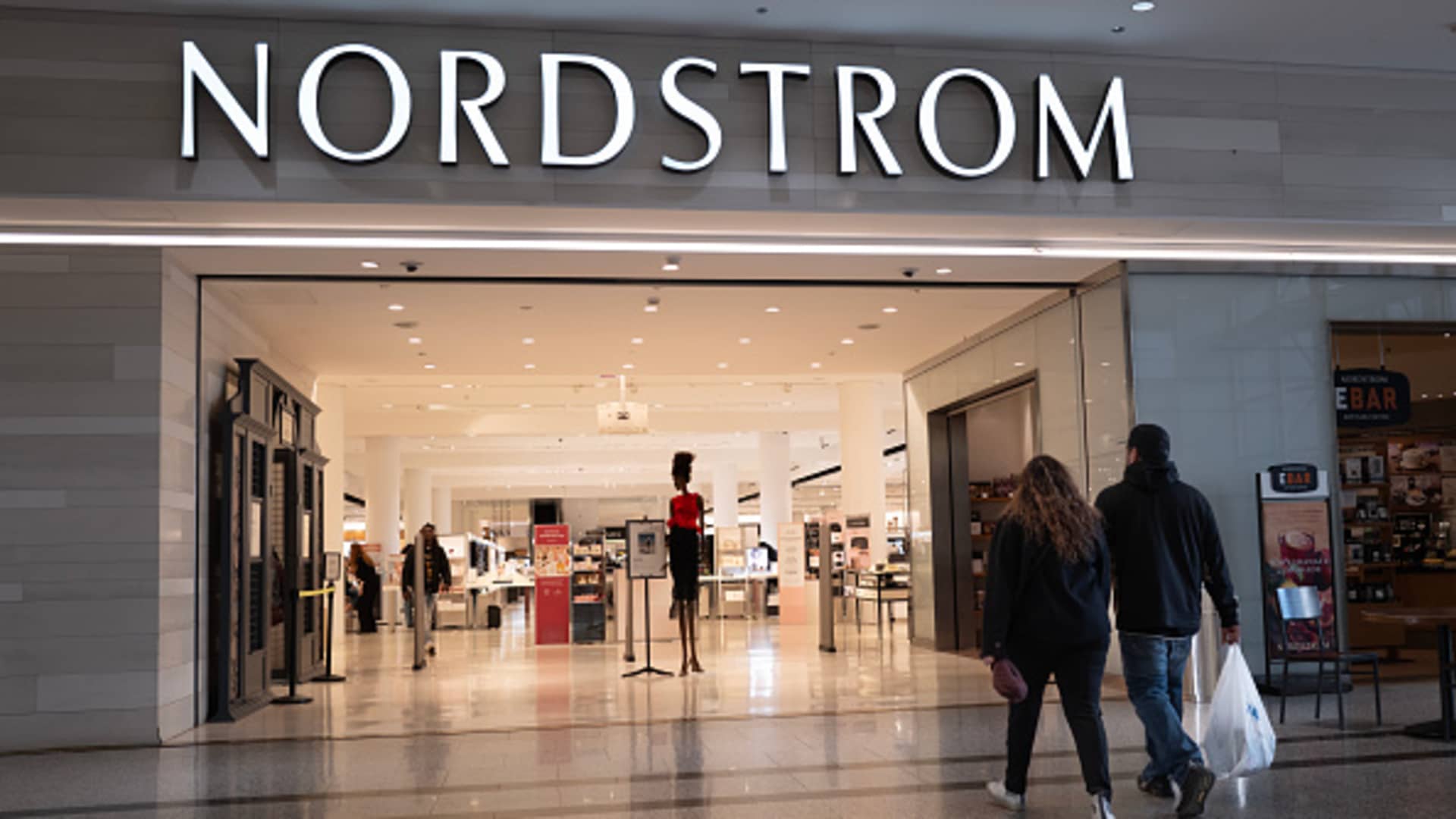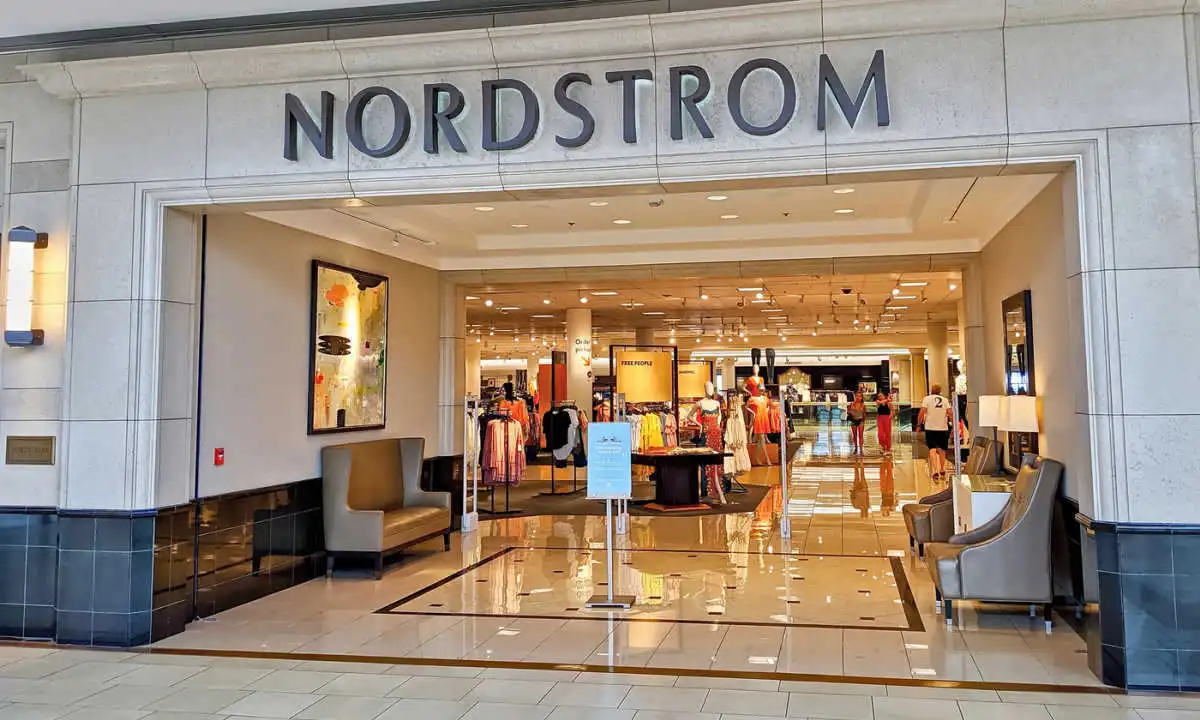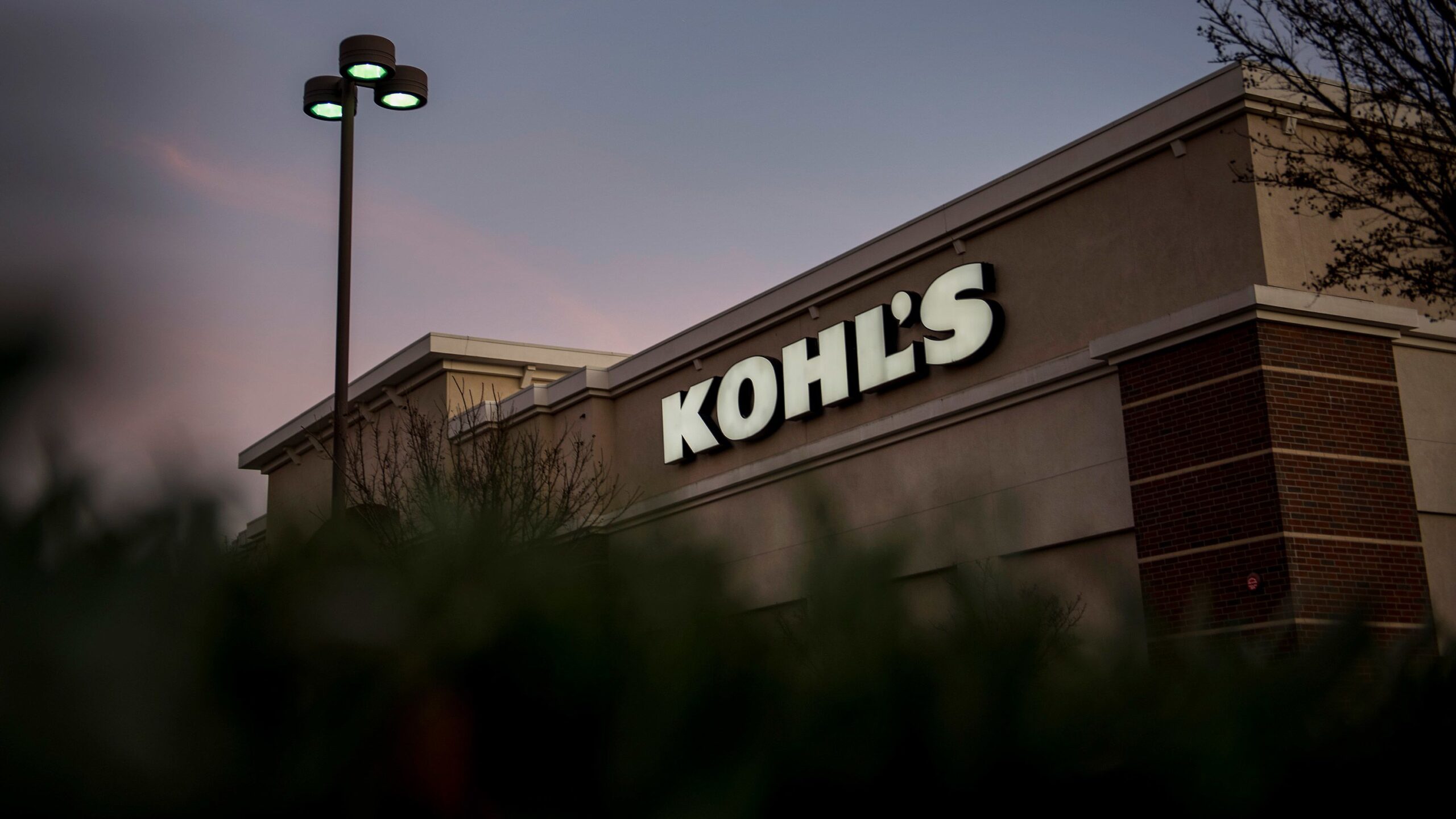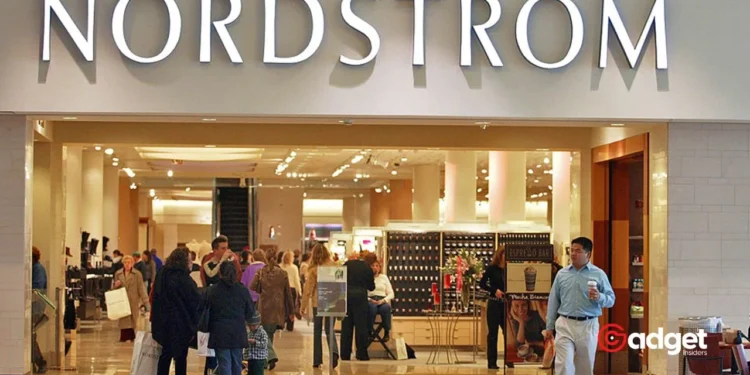In the changing landscape of retail, traditional department stores are undergoing significant transformations to captivate the hearts and wallets of Millennial and Gen Z consumers. As Macy’s, Kohl’s, and Nordstrom navigate through an increasingly competitive market, these giants are finding innovative ways to stay relevant and appeal to a younger demographic that values trendiness and sustainability over traditional shopping norms.

The Challenge of Changing Consumer Preferences
The retail sector is witnessing a dramatic shift in consumer behavior as Millennials and Gen Z become the dominant market players. These younger consumers are not just looking for products; they seek experiences and value authenticity and sustainability more than previous generations.
According to Numerator, a market research firm, Kohl’s reports that 40% of its customer base consists of Baby Boomers, while at Macy’s, this figure stands at 36%. In contrast, Nordstrom shows a greater penetration into the younger demographics, with Millennials and Gen X making up a larger slice of their customer pie.
Youthful Strategies: Macy’s, Nordstrom, and Kohl’s
Facing an existential crisis, with slowed sales and an aging customer base, department stores are employing new strategies to lure younger shoppers. Macy’s, under the new leadership of CEO Tony Spring, is making bold moves by planning to shut down a quarter of its 500 stores by early 2027. The focus is shifting towards opening smaller, off-mall locations that cater directly to the lifestyles of younger consumers, who frequent suburban strip malls and other high-traffic areas.
Nordstrom, on the other hand, has capitalized on its younger customer base by enhancing its offerings with brands like Kim Kardashian’s Skims and Shay Mitchell’s Beis. Nordstrom also expanding its digital footprint with a new third-party marketplace, broadening its range without the inventory risk.

Kohl’s has adopted a slightly different approach by integrating more lifestyle-oriented products and services. CEO Tom Kingsbury emphasizes moving away from traditional discounting tactics, which have shown diminishing appeal to younger shoppers, and instead, focuses on enhancing the store experience with additions like Sephora shops and Babies R Us sections to attract young families.
“When they come in for Sephora, we want to make sure we can give them product they want as well,” Kingsbury said.
Still, Kohl’s doesn’t expect to see immediate results from the moves. It said in March that it anticipates net sales to range from a 1% decrease to a 1% increase for the full year, and comparable sales to range from flat to 2% higher.
Engaging Through Technology and Experience
The digital savviness of Millennials and Gen Z has pushed these stores to integrate technology into their retail strategies. Online shopping, enhanced by AI and AR, is becoming more personalized, allowing stores to offer unique experiences that resonate with younger shoppers. Nordstrom’s recent rollout of a marketplace model mirrors successful platforms like Amazon, appealing to the digital-first shopping preferences of younger consumers.
Furthermore, these department stores are revitalizing their brand image by hosting pop culture-related events and collaborations that draw in the younger crowds looking for novelty and exclusivity. Macy’s, for instance, has tapped into the buzz around the “Barbie” movie with themed collections, making the shopping experience more relevant and engaging.

Department Stores Adapting to Gen Z and Millennial Preferences
Despite these efforts, the road ahead remains challenging. As Oliver Chen from TD Cowen points out, the loyalty of Gen Z and Millennials is hard to secure as they are adept at navigating both high-end and fast-fashion avenues. The success of these department stores will likely hinge on their ability to continuously innovate and adapt to the fast-changing preferences of these younger generations.
“You can actually look better for cheaper now,” Chen said.
As the retail landscape evolves, Macy’s, Kohl’s, and Nordstrom are at a pivotal point. By redefining their strategies and aligning more closely with the values and preferences of younger shoppers, they not only rejuvenate their customer base but also set the stage for sustainable growth in the decades to come. Whether these adaptations will suffice to keep these venerable institutions relevant in the digital age remains to be seen, but one thing is clear: the era of traditional department store shopping is being redefined.










